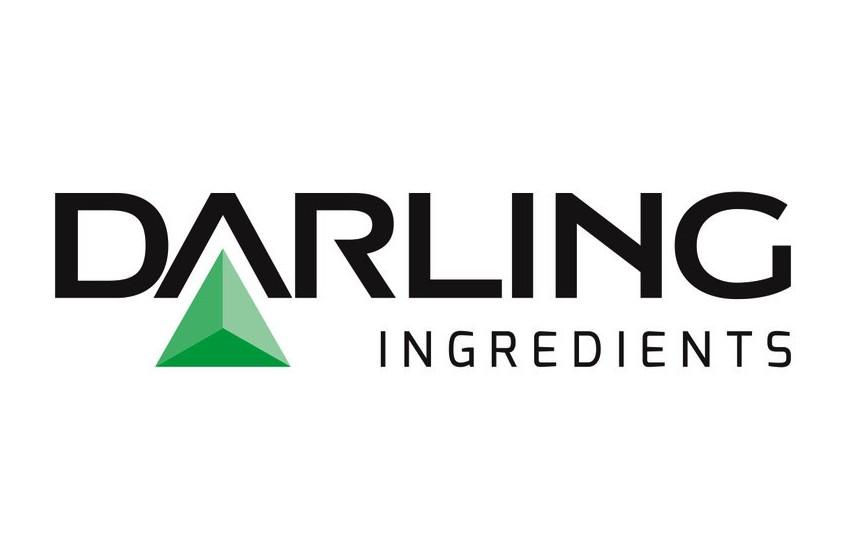These can be broadly classified as either inorganic trace minerals (ITNs) or organic trace minerals (MTOs). The latter are so named because they are complex, or otherwise associated, with organic linking groups. These linking groups include amino acids, small peptides, and organic acids, which influence the strength of mineral absorption.
When comparing organic trace minerals, many factors must be considered, but basically the interaction force between the mineral and the binding group is the most important factor influencing bioavailability. By improving the binding of MTOs, finally, the bioavailability of the mineral can be increased. Therefore, the choice of the linking group is critical to the effectiveness of organic minerals. In recent years, research has highlighted the differences that exist between individual products. A poor choice of the linking group can result in the production of products that offer no benefit over inorganic mineral sources. In essence, not all MTO products are the same.
Antagonisms in food and feed
Increasingly, interactions between food components, such as trace minerals, are under scrutiny, for possible negative interactions with other components of the diet, often overlooked. Recent studies have focused on evaluating these potential antagonisms. In this regard, it is useful to highlight the differences, not only between inorganic and organic trace minerals, but also to illustrate that not all MTO products are produced equally.
Impact of minerals on the stability of vitamins
The oxidation of vitamins, such as vitamin E, can reduce the function of vitamins, and its cause could be the oxidation of fats but, frequently, it is due to the action of trace minerals. The type and particularly the form of the trace minerals will influence their effect on the stability of the vitamin.
When it comes to trace minerals, oxidation-reduction reactions are the predominant cause of vitamin instability. The type of trace mineral will influence its reactivity, and, more critically, the way the trace mineral is presented plays an even more important role in its influence on the stability of vitamins. Studies examining the stability of vitamin E in the presence of inorganic or organic minerals show that in the inorganic form, the minerals can be detrimental to the stability of the vitamin molecule. However, depending on the source of MTO, the use of chelated minerals may not cause such a dramatic decrease.
Antioxidant function may be compromised by mineral choice
Additional research evaluating the effect of minerals in food components has established that commonly used antioxidants can be compromised with the use of inorganic minerals. Furthermore, the data indicate that in cases where MTOs have shown weak mineral absorption, there is a significant negative impact on antioxidant activity. The choice of organic trace minerals, therefore, plays a fundamental role in ensuring the quality and stability of food components.
Conclusions
When it comes to mineral choice, organic trace minerals are much less likely to adversely affect essential nutrients, such as vitamins, compared to inorganic sources. However, not all forms of organic minerals react in the same way. Therefore, we encourage diet formulators to pay more attention to their ingredient choices in order to not only maximize nutrition, but also the quality and stability of pet food.
Source: Alltech
You could be interested: Darling Ingredients Inc. Completes Acquisition of Brazil's Largest Independent Rendering Company, FASA Group









































